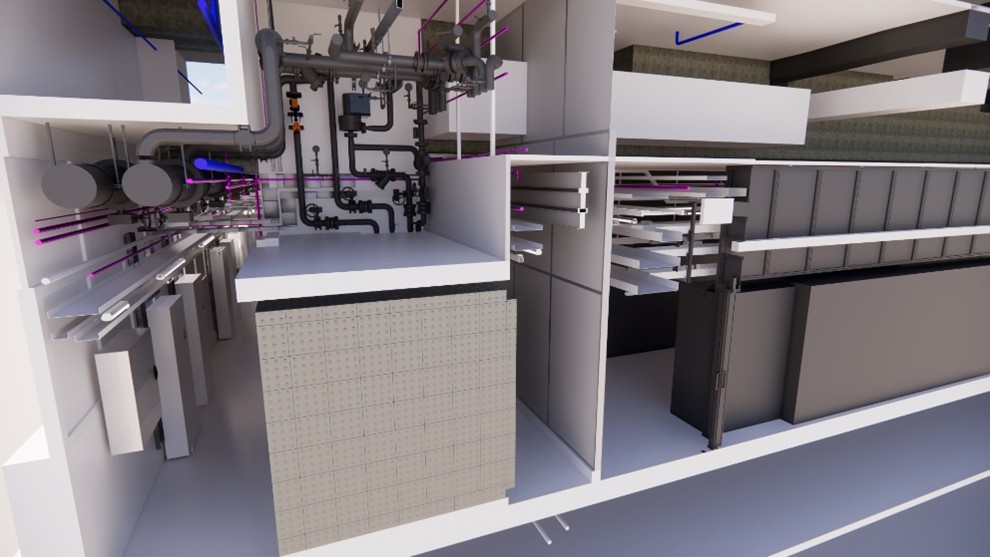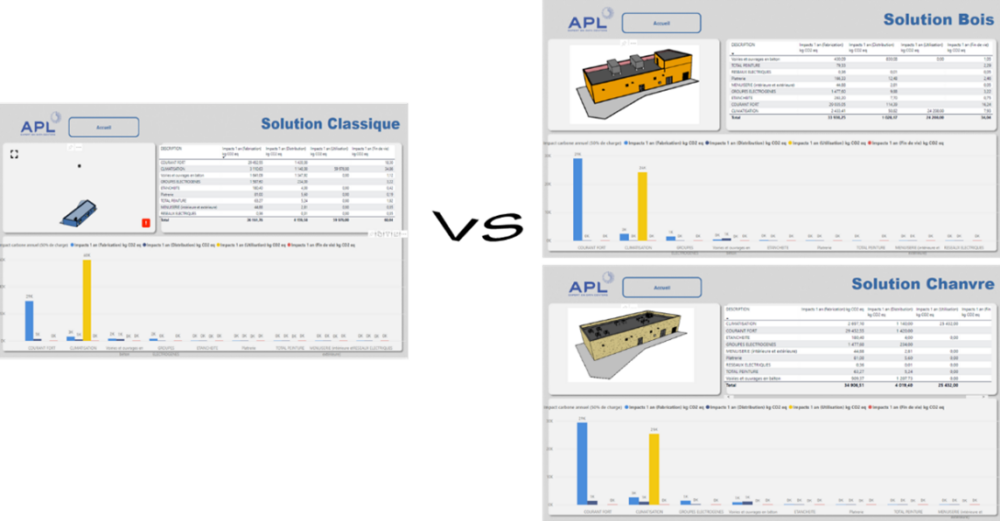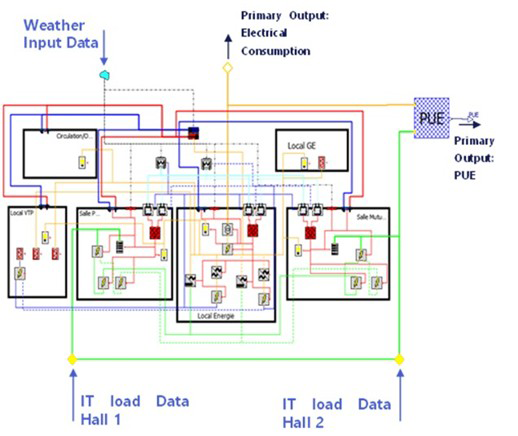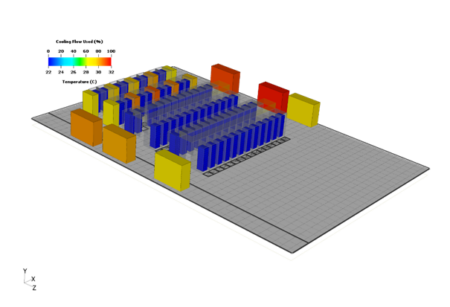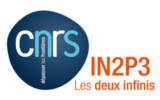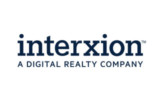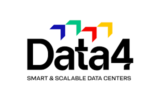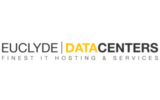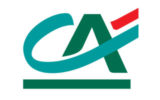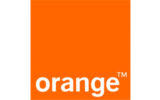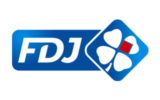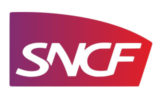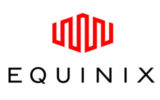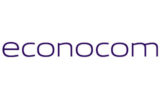Digital twins: what benefits for data centers?
Digital twins can provide answers to the questions that data center builders and hosts ask themselves, such as: how can you test new data center infrastructures without interrupting services? How can you easily manage your data center from the design phase to end-of-life? This article includes a detailed review of the digital twin concept and examples of data center applications.
What is a digital twin?
A digital twin is a virtual representation of a physical object, a system, or a process. This representation simulates and reproduces the behavior and evolution of its real equivalent. Digital twins can provide a consolidated and dynamic view of the physical system, helping to improve system design and control and maintain operational conditions as well as ensuring scalability. Digital twins evolve throughout the life of the object or system using data from its physical equivalent.
This modeling process allows users to:
- obtain information on the performance of a system or physical object during the design phase;
- identify which features are working well and what needs improvement;
- improve their understanding of the object or system, manage and develop it without risk of downtime;
- determine any benefits of certain developments in advance and prioritize tasks as part of an action plan. For example, data centers can use digital twins to assess whether servers will be effectively cooled by determining the locations of hot spots.
How digital twins can be used with data centers
Data centers house and process data. These buildings are critical, which means that precise management over the entire life cycle of these infrastructures (from the design phase to the dismantling of the site) is essential to avoid any interruptions to service. Digital twins are increasingly used by data centers to design and manage “buildings”:
- Design and planning: to model the data center architecture prior to construction, evaluate various location scenarios and plan for future needs.
- Thermal and energy simulation: to analyze thermal behavior, simulate air flows, and optimize cooling and energy consumption.
- Real-time supervision: to provide dynamic equipment status display (for servers, air conditioning units and power supply hardware), monitor resource use, and detect anomalies.
- Predictive maintenance: historical and real-time data is used to proactively anticipate failures and plan for maintenance.
- Optimized capacity: to simulate growth scenarios and adjust resources (power, cooling, power supply and network connectivity) according to demand and technical constraints.
- Incident management: to virtually reconstruct critical events in order to analyze causes and test corrective responses.
- Compliance and audits: full configuration, operational and change management documentation, simplifying compliance with regulations and audits.
Building (on the left) and its digital twin (on the right)
The different use cases for digital twins of data centers
Several types of digital twin are available for a wide range of uses. Examples include:
1. Physical digital twin (3D): for the design phase and to simulate layouts
The principle is simple: during the building design phase, a digital twin, that is as accurate as possible, is modeled in order to plan for the operating and maintenance phases. 3D digital twins can offer many options during this process:
- Visualize and plan the physical layout of the equipment to urbanize the computer rooms.
- Evaluate the different data center layout scenarios according to design choices, and rearrange where necessary.
- Generate high-quality images for detailed facility documentation, including schematic drawings for each floor.
- Provide customers with virtual guided tours of data centers as part of an immersive and interactive experience.
- Simulate resource growth and adjustment scenarios (power, cooling, power supply, connectivity, etc.) based on demand and technical constraints.
Data center design and layout simulations
2. Physical digital twins (3D): BIM link and environmental databases
Energy consumption and environmental impacts (CO2, biodiversity, water, etc.) are key issues for the entire digital sector, including data centers. In France, the digital footprint currently represents 2.5% of the country’s total annual carbon footprint, i.e.16.9 Mt CO2eq (ADEME and ARCEP, 2022). Digital goods and services in France consume 48.7 TWh of power annually, which is equivalent to about 10% of France’s total annual power consumption.
To effectively reduce these impacts, we must clearly optimize energy consumption during the operating phase, but it is essential to take action from the upstream specifications and design phases.
The BIM digital model of the building provides a basis for creating the 3D digital twin of the data center, which will be used to simulate and optimize consumption during the design and operating phases. In addition, by linking this model to environmental databases, such as NegaOctet, the environmental impacts of the data center according to the selected construction materials can be determined from the start of the project rather than later.
Example of link between BIM and an environmental database
3. Functional digital twin (1D): PUE calculation
Power Usage Effectiveness (PUE) is the most widely recognized and used standardized indicator in the data center ecosystem. It is used to measure the energy efficiency of the technical infrastructure of a data center. The PUE is the ratio between total site consumption (kWh) and the consumption of IT equipment (kWh). This value can be used to plan for the direct financial impact of energy costs, and the indirect financial impact caused by the reduced appeal of the data center.
Digital twins, particularly functional digital twins, can also be used to reliably calculate the PUE. Estimating the PUE is indeed complex because the necessary calculations depend on a large number of parameters: occupancy rate for servers and associated technical equipment, weather conditions, operating modes, regulations, etc. Functional digital twins can be used to run these calculations automatically “on the fly”.
The data center is modeled as interconnected modules that include a device or group of devices with customizable parameters able to accommodate the data provided by manufacturers, meteorological data and the IT/telecom equipment load factor. Digital twins can be used to calculate the power consumption of each device and the entire facility, simplifying the calculation of the PUE. Digital twins make it easier to evaluate the different configurations of the technical infrastructure of the data center as a whole or of different types of equipment in particular. This approach can be used to identify which configuration leads to the best energy performance with identical capacity (electricity or cooling).
Modeling PUE using Modelica
4. Functional and physical digital twin mix: airflow simulation
When designing a data center, airflow is digitally simulated in order to validate the resilience of the air conditioning systems from an aerodynamic viewpoint. The cooling power available in the room can be defined or verified by assessing cooling capacity, taking into account the characteristics of the air and the selected equipment. This approach incorporates blown and return air temperatures, ambient humidity, and airflow.
In this case, digital twins can be used to simulate and analyze thermal and fluid behavior inside data centers. Engineers can use digital twins to test different cooling scenarios and equipment layouts, and even predict thermal performance if the existing infrastructure is modified or extended. The successive simulations run using the digital twin are based on CFD (Computational Fluid Dynamics) or dynamic fluid simulation parameters and principles. The idea is to change one single parameter, find its optimal value, and then move on to the next parameter. Each parameter is adjusted sequentially using the step-by-step method to isolate the most relevant optimization factors. Once the optimal parameters have been identified, they are compiled into a complete CFD model, providing a basis for further studies.
Simulation of air flows within a data center
Are you planning to build, transform, or optimize a data center?
Would you like to learn more about digital twins?
Contact us !



